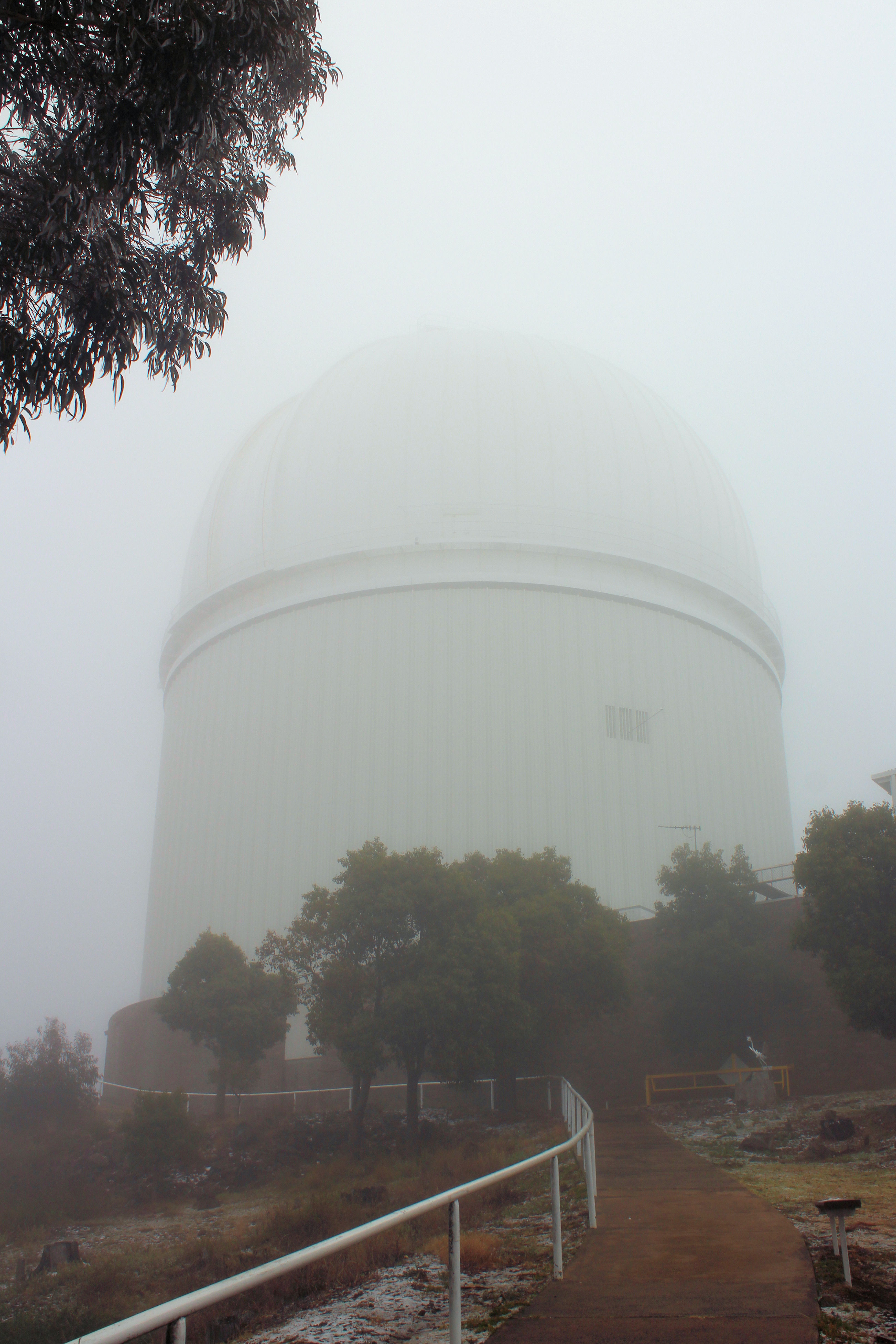Tag: Observatory
-
Mount Stromlo Observatory Canberra

Mount Stromlo Observatory Canberra Devastated by a severe bushfire in 2003, the Mount Stromlo Observatory no longer undertakes active astronomical observations. Instead, it has become the headquarters of the ANU (Australian National University) Research School of Astronomy and Astrophysics. Despite the destruction caused by the bushfire, the ruins of the observatory domes are worth visiting.… Read more
